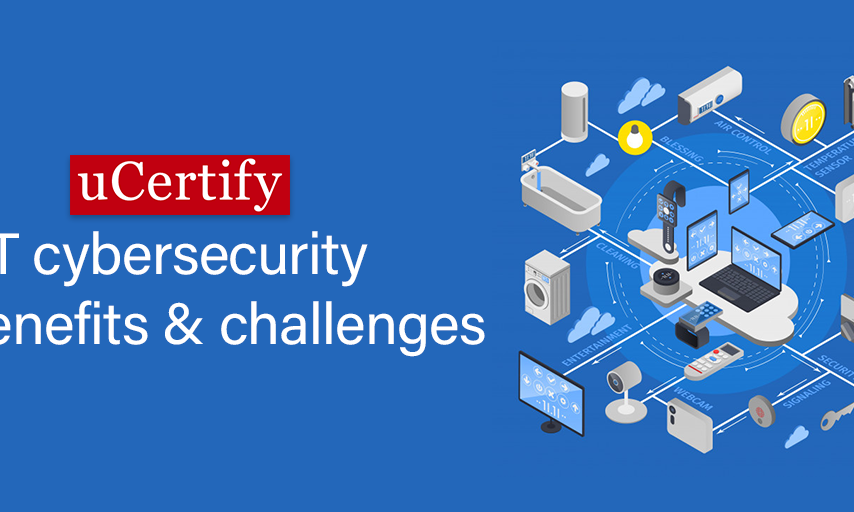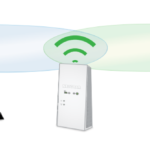There is a huge amount of data being gathered, processed, and analyzed daily by consumers and businesses every day and all of these are being performed at the far fringe of the technology infrastructure. All of these operations are driven by the Internet of Things (IoT) devices. Reports are showing that there will be 64 billion IoT devices used by industries by 2026. Reports also speculate that businesses are going to spend nearly USD 15 trillion on IoT devices, solutions, and support systems.
Also read about cloud secutity programs, https://pantheonuk.org/know-about-cloud-security-programs/
IoT activities are being used in various fields like smart homes, smart cities, fitness monitoring, inventory control, and more. By the end of the year, approximately two to six IoT devices are going to be used for every person in the world. These numbers are greater than the combined number of smartphones, tablets, and computers.
Let’s start with knowing about IoT cybersecurity. We will start with its risks.
Increasing IoT cybersecurity risks
With the increased use of IoT devices, risks associated with it will also increase. In the first half of 2019, there were very high numbers of attacks on IoT devices. There are several reports shown that cyberattacks on IoT environments are rapidly increasing causing serious effects. This includes bots or worms that can cause damage to networking devices and smart devices such as Linux-based internet routers and leverage them to commit additional crimes such as denial of service attacks or illicit mass marketing. The attacks are not only being targeted at military and business infrastructure but also on the industrial systems. There is a lot of complexity in the IoT ecosystem along with a variety of different vendors providing various IoT devices. This increases the difficulty in building security protocols for IoT. There have been some recent developments in the security practices being used to protect organizations and their IoT systems. The three main sections of the rules are:
- Detection: Learning the connection methods, like which IoT devices and components are connected to a given network or system.
- Authentication: Checking the identity and origin of IoT devices that will help in detecting and preventing form spoofing.
- Updating: Maintaining and upgrading IoT security capabilities to bypass the hackers and cybercriminals.
These are the basic tactics that companies are using to deal with IoT security breaches. Some of the new strategies are:
- Restricting access to sensitive data
- Continually monitor who is accessing each device
- Frequently backing up all the information gathered by IoT devices
- Proactively identifying cyber threats to anticipate and stop breaches
- Maintaining accurate data on each IoT device to determine the number of potential risks
These basic steps lead to a roadmap that is used by cybersecurity professionals to form a comprehensive IoT security framework.
Common Vertical Markets Using IoT
There are several key industries and market segments that are making the best out of IoT utilization. The increased number of use cases indicates that IoT not only has an impact on society but it also helps you know about the number of entry points that hackers and cybercriminals can exploit. The markets like healthcare and life sciences; smart homes, cities, and infrastructure; transportation and concrete mobility; and industrial systems and sensors are using IoT devices.
Examples of IoT cybersecurity breaches
Numerous instances demonstrate how common IoT security breaches are. Some of them are very serious and do a lot of damage. There are a few important incidents that have happened recently. In this first case, hackers stole identity and bank details from individuals through remote access to a coffee machine. Smart coffee machines can be controlled remotely using smartphones or even with voice commands and that can be compromised. Coffee machines just aren’t designed for security, therefore, they are convenient and unprotected ways to access connected systems.
In the second case, it happened using the connected network printers. Approximately 60% of businesses in the UK, US, France, and Germany suffered a printer network data breach in 2019. These breaches cost them more than USD 400,000 on average. Printers are not very well secured that’s why they can act as an ingress point to the network. They can even be recruited as part of botnets to carry out DDOS attacks within the organization.
After knowing about the threats and IoT attacks, the organizations need trained and skilled cybersecurity experts. These professionals are proficient in protecting infrastructure, securing data and information; running risk analysis and mitigation; architecting cloud-based security, and achieving compliance from cyber attacks. So, you can now understand the importance of knowing this field. Various IoT certification will help you showcase your skills and grab the attention of your employer. uCertify has the best Certified Internet of Things Security Practitioner (CIoTSP) and Certified Internet of Things Practitioner (CIoTP) courses to provide cybersecurity professionals an extra edge. The knowledge will help them to protect the entire infrastructure from central systems out to the IoT edge.





